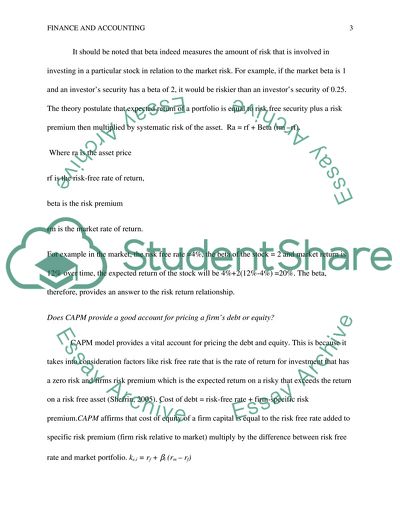Cite this document
(“CAPM Assignment Example | Topics and Well Written Essays - 1000 words - 3”, n.d.)
CAPM Assignment Example | Topics and Well Written Essays - 1000 words - 3. Retrieved from https://studentshare.org/finance-accounting/1679225-capm
CAPM Assignment Example | Topics and Well Written Essays - 1000 words - 3. Retrieved from https://studentshare.org/finance-accounting/1679225-capm
(CAPM Assignment Example | Topics and Well Written Essays - 1000 Words - 3)
CAPM Assignment Example | Topics and Well Written Essays - 1000 Words - 3. https://studentshare.org/finance-accounting/1679225-capm.
CAPM Assignment Example | Topics and Well Written Essays - 1000 Words - 3. https://studentshare.org/finance-accounting/1679225-capm.
“CAPM Assignment Example | Topics and Well Written Essays - 1000 Words - 3”, n.d. https://studentshare.org/finance-accounting/1679225-capm.


